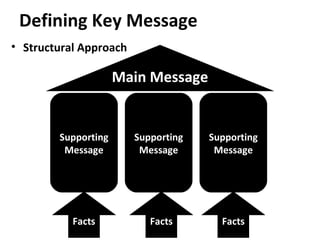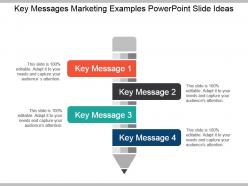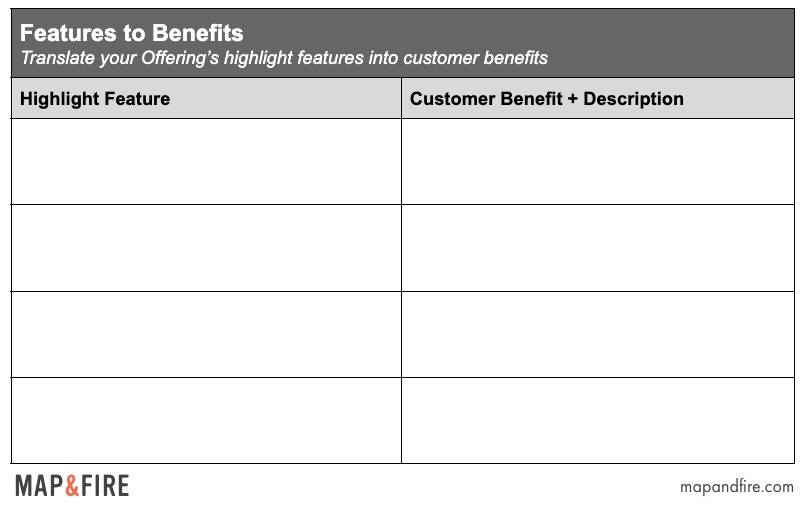
key messages marketing examples
Crafting Compelling Key Messages for Marketing Success: Examples and How-Tos
Effective key messages are the bedrock of successful marketing campaigns.
They are concise, impactful statements that encapsulate your brand’s value proposition, target audience needs, and unique selling points.
Mastering the art of key messages marketing examples is crucial for resonating with potential customers and driving conversions.
This guide will explore key messages marketing examples, providing you with actionable insights and practical “how-to” strategies.
Understanding the Core Concept: Key Messages Marketing Examples
Key messages marketing examples serve as a compass for your entire marketing strategy.
They highlight what sets you apart from the competition, clarify your unique value proposition, and guide all communications, from website copy to social media posts to sales presentations.
Key messages marketing examples are far more than just catchy phrases; they are strategic tools driving brand recognition and fostering lasting customer relationships.
This crucial understanding will inform every element of your marketing efforts.
Your key messages marketing examples need to be the foundation upon which your business communicates.
Who is Your Target Audience? – Defining Your Key Messages Marketing Examples
Before diving into crafting your key messages, thoroughly understanding your target audience is critical.
Who are you trying to reach?
What are their needs and pain points?
Knowing your target audience deeply is crucial to crafting key messages marketing examples that resonate and inspire action.
Your key messages marketing examples should always be focused on the audience you’re trying to reach and what their interests are.
How to Identify Your Target Audience
- Market Research: Analyze existing data, competitor analysis, and surveys to understand the profile of your ideal customer.
- Customer Interviews: Conduct interviews with your existing customers to identify their pain points, needs, and preferences.
- Persona Creation: Develop detailed customer personas to represent your target audience segments.
- Competitive Analysis: Study the competitive landscape. Note where you’re similar, and what unique positions key messages marketing examples might represent.
Defining Your Unique Selling Proposition – Key Messages Marketing Examples & USP

Source: slidesharecdn.com
Your unique selling proposition (USP) highlights what makes your brand different and better than competitors.
Your key messages marketing examples must strongly communicate this USP.
This crucial aspect often distinguishes your brand and helps generate excitement about what your business offers.
The clarity of your key messages marketing examples plays a vital role in setting your business apart from the rest.
How to Find Your USP
-
Identify what makes you different: What are your distinctive strengths or attributes?
-
Research your competition: Highlight how you differentiate yourself.
-
Connect to pain points: Highlight how your product or service helps to relieve specific pains your clients experience.
Clearly defined key messages marketing examples can do this in strong ways.
-
Analyze Customer feedback: Discover insights through feedback mechanisms and client communications
Crafting Your Key Messages Marketing Examples – Simple and Strategic
Effective key messages are concise and easily memorable.
Using “key messages marketing examples” effectively involves highlighting value propositions clearly.
Keep the language simple and action-oriented.
Clear and precise key messages marketing examples help foster excitement about your company, your products, and the experience of purchasing those products.
How to Craft Compelling Key Messages
-
Start with benefits: Focus on what value you provide your customers.
-
Keep it short and impactful: Aim for 3-5 words whenever possible.
-
Use strong verbs: To make your key messages more compelling, use vivid and action-oriented verbs.
This enhances clarity, as seen in good key messages marketing examples.
-
Make it specific and focused: Avoid vagueness or generic statements.
Good key messages marketing examples are highly targeted and well-crafted for the specific clients being addressed.
Key Messages and Positioning Statements – Finding Your Niche (Key Messages Marketing Examples)
A key message is designed to convey value in a concise and accessible manner.
Effective key messages marketing examples communicate clearly the unique qualities that your product offers to your specific target audience.
A compelling positioning statement often forms part of the larger concept of key messages marketing examples.
Your unique brand position strongly connects to the customer pain points or desired outcomes addressed through your offering.
A robust key messages marketing examples system aids in establishing strong and long-lasting client relationships.
How to Determine Positioning Statements (in context of key messages marketing examples)
-
Competitor Analysis: Examine where competitors fall in the market.
Positioning yourself can greatly affect the value of key messages marketing examples.
-
Customer Research: Learn who your ideal clients are and identify their pain points.
Key messages marketing examples strongly relate to customer-centric messages and the client’s ideal situation.
-
Market Trends: Identify rising industry trends and consider your positioning relative to them.
This information provides context for successful key messages marketing examples.
-
Strategic Development: Develop statements which clarify your core brand value.
Positioning clarifies exactly how and where your product or service uniquely fulfills specific client needs.
Good key messages marketing examples often feature distinct brand positions.
Key Messages and the Customer Journey – Guiding Your Narrative (Key Messages Marketing Examples)
Integrating your key messages throughout the customer journey is essential.
Ensure that your key messages are consistently woven into the various stages, from initial awareness to purchase to customer loyalty.
The continuity reinforces the message and promotes confidence, key principles in successful key messages marketing examples.
Your consistency with key messages marketing examples will resonate with your target audience, thus creating trust and value in the product being advertised.
How to Integrate Key Messages Throughout the Customer Journey
-
Website copy: Ensure your website effectively utilizes key messaging, conveying core value propositions consistently.
Good key messages marketing examples should make it easy to find and share this essential value.
-
Social media content: Share compelling social media content, showcasing your key messages on a variety of platforms to reach a broader audience.
Consistency matters!
Effective key messages marketing examples show consistency with target audiences, even across multiple media.
-
Marketing materials: Use key messaging in advertising campaigns, collateral, product descriptions, press releases, presentations, emails, or promotional material.
Key Messages Across All Platforms – A Consistent Brand Experience
Your marketing communications, regardless of the platform or medium, should reinforce the core values that guide effective key messages marketing examples.
Consistent application of key messaging will aid customer retention.
Keeping messages cohesive strengthens brand messaging.
Maintaining brand consistency requires using identical key message messaging throughout different campaigns or strategies.
The consistent voice of your brand cultivates strong, loyal client relationships, an asset built on sound, impactful messaging.
Key messages marketing examples should reflect consistency in the voice that your company shares, even across channels, ensuring cohesion.

Source: slideteam.net
Measuring Results – Gauging the Effectiveness of Your Key Messages (Key Messages Marketing Examples)
Tracking the effectiveness of key messages marketing examples involves assessing whether messages are aligned with company objectives.
This means considering your audience’s response and analyzing whether goals are being achieved.
Assessing campaign performance based on key messages marketing examples, measuring your results carefully, and gathering customer feedback and analyzing their responses is essential for effective long-term business planning.
How to Measure Success (in the context of key messages marketing examples)
-
Track Website traffic and engagement: Assess which website areas contain the most user engagement.
-
Analyze sales figures and conversion rates: Check performance across all conversion points, specifically relating to specific campaigns.
-
Gather customer feedback: Review client feedback to understand how your key messages relate to their experience with the business.
This is very helpful in shaping future key messages marketing examples, ensuring the brand is responsive to market input.
-
Monitor brand mentions: Evaluate media mentions relating to your business and analyze public perceptions of your brand image to track how key messages marketing examples impact reputation.

Source: mapandfire.com
The Importance of Revising Key Messages (Key Messages Marketing Examples)
As your brand, business, and marketing efforts evolve, it’s important to stay agile by adapting or adjusting your key messages accordingly.
Regular revisions will maintain relevance and impact in a dynamic marketplace.
Good key messages marketing examples are often revised and reviewed due to the ongoing importance of having a competitive market message, one that stays current and in alignment with market expectations.
Key messages marketing examples will continue to serve a core part of successful businesses.
Key Message Refinement – The Cycle Continues

Source: mattkushin.com
Refreshing and redefining key messages is not just a reaction to changing times, but a dynamic approach integral to strategic growth.
Regular refinements are necessary to maintaining a clear and persuasive message across marketing efforts.
This aspect ensures relevance and helps foster ongoing growth by adjusting core message strategies in line with evolving brand initiatives, needs and customer interests.
Your key messages marketing examples are a fluid instrument that needs to be actively used, examined, revised and developed to grow your success in any environment.
Your business success depends on consistent communication across key messages marketing examples.